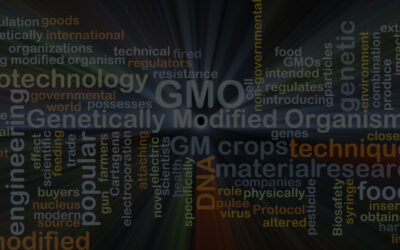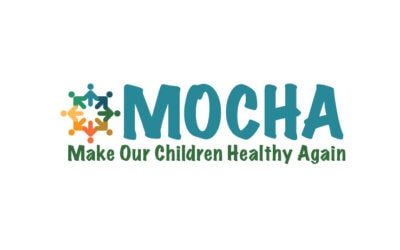Herbicides containing glyphosate are the most heavily used worldwide. A comprehensive account of the use of glyphosate-based herbicides (GBH) is available in an article published by Environmental Sciences Europe in February 2016 (1).
This article examines the last 40 years of GBH use. Data sources on US applications of glyphosate include the US Department of Agriculture, the US Environmental Protection Agency, and the US Geological Survey. Reported data focus on the weight of the active ingredient glyphosate in all end-use formulations of GBH.
Major facts reported:
- GBH use has risen remarkably over time, 300 fold between 1974 and 2014
- GBHs are the most heavily applied pesticide in history, by a wide margin
- Genetically engineered crops are the major cause of the huge increase since 1996 in the US and globally,
- By 2010, agriculture accounted for 90% of the total yearly use of GBH, and
- 66% of all GBH used in the US since 1974 was used in the last 10 years – there has been no time for long term effects (such as lymphoma) to appear, let alone be detected, analyzed and reported.
Uses for GBH include:
- Traditional use to destroy growing weeds (either before planting or after harvest),
- As broadcast, post-emergent herbicide on RoundupReady® crops (these crops vastly increased in acreage and diversity throughout the time period examined),
- “Green burndown” uses to speed up harvest operations (used on wheat, barley, edible beans, and others, and resulting in significant glyphosate residue in the harvested foodstuffs), and
- Home garden and landscape uses, wildlands, rights-of-way, industrial facilities etc., which used to account for 34-42% of total use now account for less than 10%.
GBH, and the main metabolite of glyphosate, aminomethylphosphonic acid (AMPA), have known and suspected adverse impacts:
- on soil microbial communities and earthworms,
- on insects (Monarch butterflies and honeybees),
- on web of life in waterways, including crustaceans at the base of the feeding chain,
- on pesticide applicators, their families, and communities (see our article),
- on livestock, and
- on the general population: through air, water, rain, and food.
Conclusion
The introduction of RoundupReady® crops is the main factor that led to a massive increase in the use of GBH (300 fold increase in 40 years). While GBHs may have replaced problematic practices such as tillage and more dangerous herbicides, it is now itself the source of major harms to environmental and human health caused by agriculture, in part because of the massive scale of use over time and across the agricultural landscape.
REFERENCE
- Benbrook, CM. Trends in glyphosate herbicide use in the United States and globally. Environmental Sciences Europe (2016) 28:3, access free of charge at http://www.enveurope.com/content/pdf/s12302-016-0070-0.pdf



